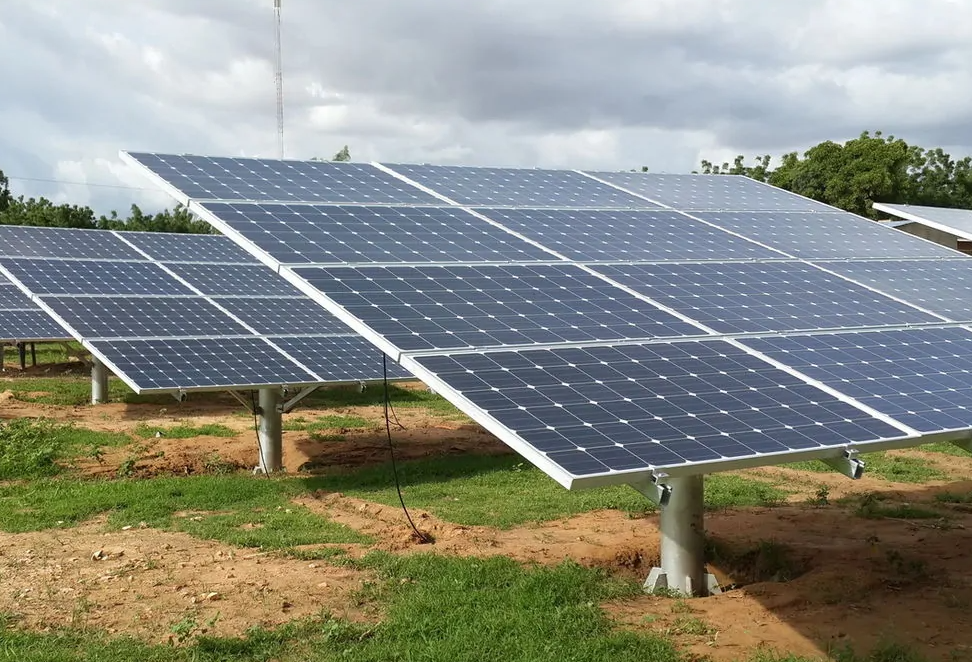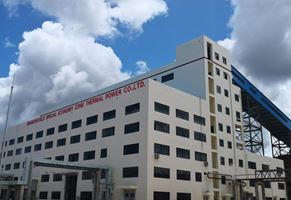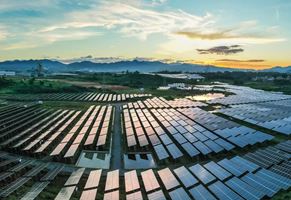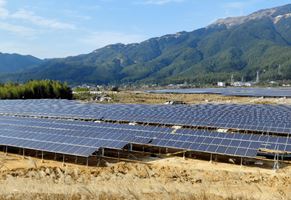What is a distributed photovoltaic power station?
Distributed photovoltaic power stations utilize decentralized resources and have smaller installed capacity in power generation systems located near users
Distributed photovoltaic power stations usually refer to power generation systems that utilize decentralized resources, have smaller installed capacity, and are located near users. They are generally connected to power grids with voltage levels below 35 kV or lower. Distributed photovoltaic power station specifically refers to a distributed photovoltaic power station system that uses photovoltaic modules to directly convert solar energy into electrical energy. Among them, household photovoltaic is a type of distributed photovoltaic, which has a small installation capacity, multiple installation points, and is usually installed on the roofs owned by residents.

concept
Distributed photovoltaic power stations usually refer to power generation systems that utilize decentralized resources, have smaller installed capacity, and are located near users. They are generally connected to power grids with voltage levels below 35 kV or lower. Distributed photovoltaic power station specifically refers to a distributed photovoltaic power station system that uses photovoltaic modules to directly convert solar energy into electrical energy.
The most widely used distributed photovoltaic power station system is a photovoltaic power generation project built on the roofs of urban buildings. This type of project must be connected to the public power grid and provide power to nearby users together with the public power grid. Without the support of public power grids, distributed systems cannot guarantee the reliability and quality of electricity consumption for users.
Equipment characteristics
1. The output power is relatively small. Traditional centralized power plants can easily reach hundreds of thousands or even millions of kilowatts, and their large-scale application has improved their economic efficiency. The modular design of photovoltaic power generation determines whether its scale can be large or small, and the capacity of the photovoltaic system can be adjusted according to the requirements of the site. Generally speaking, the capacity of a distributed photovoltaic power plant project is within several thousand kilowatts. Unlike centralized power stations, the size of photovoltaic power stations has little impact on power generation efficiency, so their economic impact is also minimal. The investment return rate of small photovoltaic systems is not lower than that of large ones. [1]
2. Low pollution, outstanding environmental benefits. Distributed photovoltaic power station projects have no noise during the power generation process and will not cause pollution to air and water. However, it is necessary to pay attention to the coordinated development of distributed photovoltaics and the surrounding urban environment, and when utilizing clean energy, consider the public's concern for the beauty of the urban environment.
3. It can alleviate the local electricity shortage to a certain extent. Distributed photovoltaic power stations have the highest output during the day, coinciding with the highest demand for electricity among people. However, the energy density of distributed photovoltaic power stations is relatively low, with a power output of only about 100 watts per square meter of the distributed photovoltaic power station system. Coupled with the limitation of the roof area of buildings suitable for installing photovoltaic modules, distributed photovoltaic power stations cannot fundamentally solve the problem of electricity shortage.




